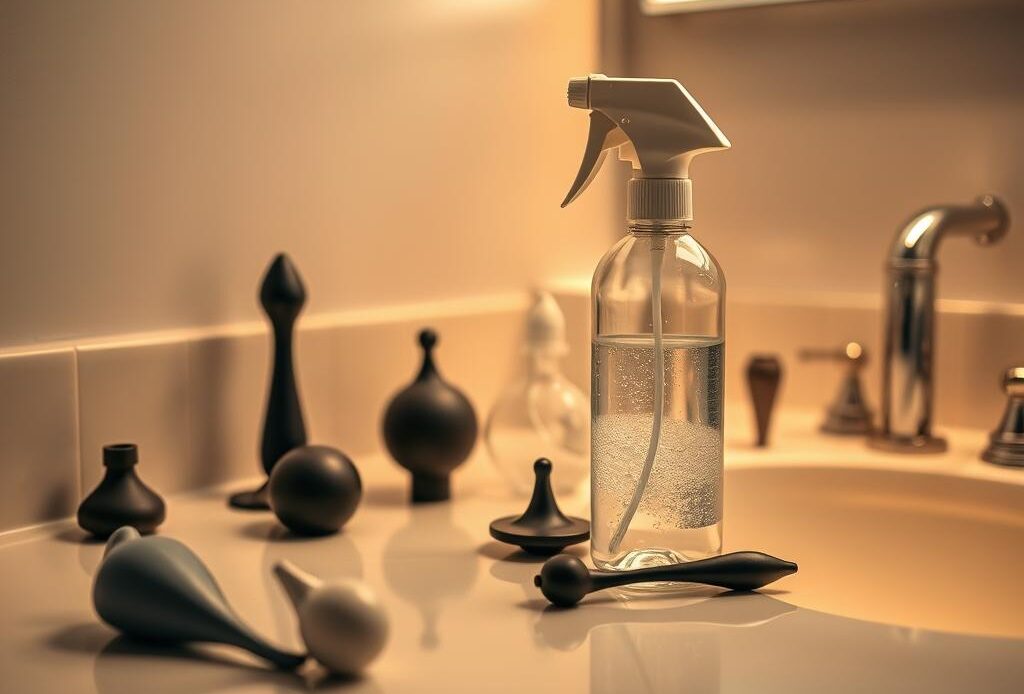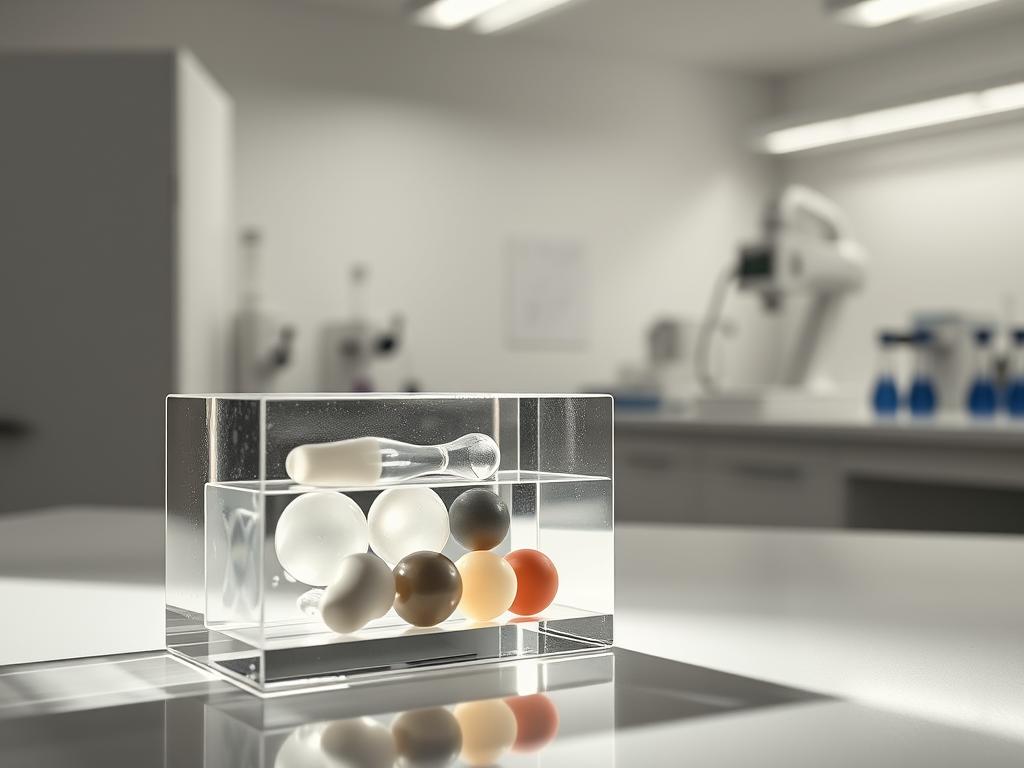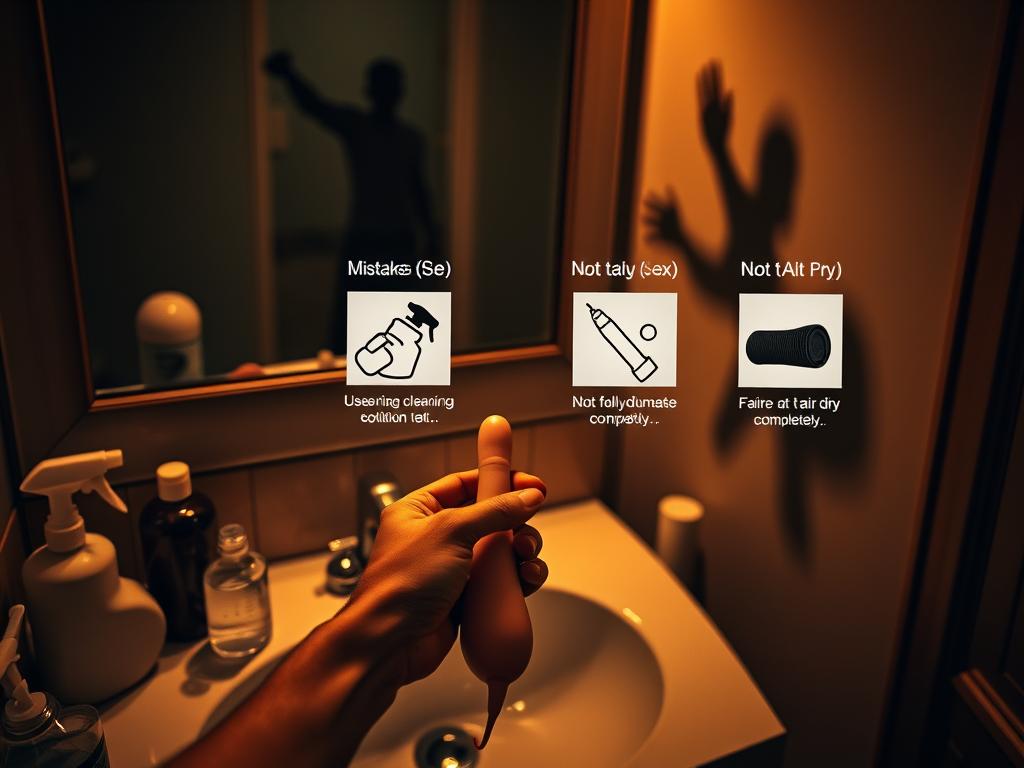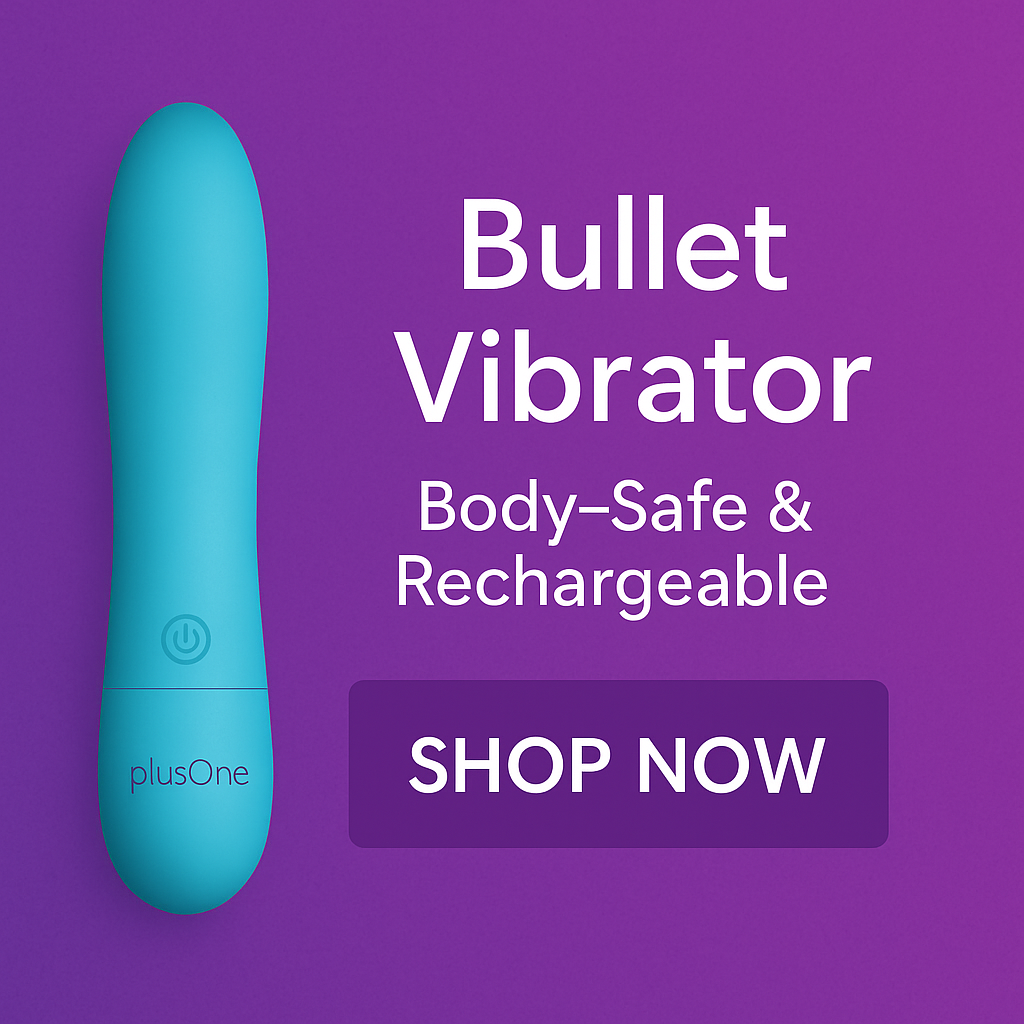
We all want our personal items to stay hygienic and last longer. For body-safe materials like silicone, glass, or stainless steel, a little care goes a long way. Regular maintenance not only protects your health but also preserves the quality of these products over time.
Experts like Bianca Alba recommend starting with the basics: warm water and mild liquid soap. A gentle scrub removes residue while avoiding damage. Always check the manufacturer’s guidelines, as some materials need specific care steps.
Why does this matter? Proper care prevents bacterial buildup and maintains texture. It’s simpler than you might think—no fancy tools required. Just consistent, thoughtful cleaning after each use makes all the difference.
Key Takeaways
- Prioritize hygiene to protect both your health and your items
- Body-safe materials often require only basic cleaning methods
- Use mild soap with warm water for most surfaces
- Always follow care instructions from the manufacturer
- Consistent maintenance extends product lifespan
Introduction: The Importance of Clean Sex Toys
Cleanliness isn’t just about appearance—it’s a health priority for personal care items. When we skip proper care routines, we risk exposing ourselves to harmful germs. Let’s explore why this matters and how simple habits keep us safe.
Protecting Your Wellness
Bacteria thrive in warm, moist environments—exactly where many personal products are used. Casey Tanner, a certified intimacy educator, notes that “microscopic organisms can linger on surfaces, increasing infection risks.” This includes common issues like UTIs or skin irritations. Regular care stops these problems before they start.
What Happens When We Cut Corners?
Ignoring cleaning steps can lead to unpleasant surprises. Residual fluids or lubricants create breeding grounds for germs. Over time, this buildup may weaken materials or cause odors. Following a step-by-step guide ensures thorough sanitization every time.
| Cleaning Practice | Result | Impact on Health |
|---|---|---|
| Daily washing with mild soap | Reduced bacterial growth | Lower infection risk |
| Skipping drying steps | Moisture retention | Higher chance of mold |
| Using harsh chemicals | Material degradation | Skin irritation potential |
Manufacturers design their guidelines to balance safety and product longevity. Sticking to their advice means fewer worries and more confidence during use. After all, well-maintained items perform better—and that benefits everyone involved.
Understanding Non-Porous Materials in Sex Toys
Knowing what your items are made from simplifies maintenance and ensures safer use. Body-safe options like silicone and glass dominate modern designs for good reason—they combine practicality with peace of mind.

What Makes Certain Surfaces More Reliable?
Surfaces that don’t absorb liquids or trap particles are considered non-porous. Dr. Jess O’Reilly, a intimacy researcher, explains: “These materials have smooth molecular structures, leaving no space for bacteria to hide.” This quality makes them ideal for repeated use with minimal cleaning effort.
Why Choose High-Quality Options?
Premium selections like medical-grade silicone resist wear while maintaining their shape. Unlike cheaper alternatives, they don’t degrade when exposed to heat or cleaning solutions. Glass and stainless steel offer similar benefits—durable, odor-resistant, and compatible with most sanitizing methods.
| Material Type | Maintenance Effort | Lifespan |
|---|---|---|
| Silicone | Low (wipe clean) | 5+ years |
| TPE/ Rubber | High (deep clean) | 6-12 months |
| Stainless Steel | Medium (polish) | Decades |
Manufacturers like We-Vibe recommend checking product certifications. Look for terms like “phthalate-free” or “medical-grade” when shopping. These indicators help identify items designed for both safety and lasting performance.
disinfecting non porous sex toys: Best Practices and Techniques
Keeping personal items safe requires knowing when basic cleaning isn’t enough. While daily care keeps surfaces fresh, some situations demand deeper attention. Let’s explore how to balance routine maintenance with thorough sanitization.
When to Disinfect Versus Clean
Daily use calls for simple washing with mild soap and warm water. This removes visible residue and surface germs. However, after shared use or illness, step up to full disinfection using specialized products approved for body-safe materials.
Manufacturer guidelines often specify timing. For example, stainless steel components need polishing every few weeks to prevent tarnish. Always power off and remove batteries from devices before any cleaning process. This protects internal mechanisms from water damage.
Selecting the Right Cleaning Agents
Our go-to method combines gentle liquid soap with lukewarm water for most surfaces. Avoid abrasive scrubs that might scratch glass or silicone. For tougher jobs, alcohol-based sprays (70% isopropyl) work well on stainless steel—just rinse thoroughly afterward.
Check product labels for compatibility with your items. Some cleaners break down silicone over time. When in doubt, stick to basics: a soft cloth, mild soap, and proper drying. This “way clean” approach maintains both safety and functionality without harsh chemicals.
Remember: Consistent care prevents buildup. Wipe items immediately after use, and store them in breathable containers. These small habits keep your collection fresh and ready for action.
Step-by-Step Guide for Cleaning and Disinfecting
Creating a reliable routine keeps your items safe and ready. Let’s break down the process into simple, effective steps anyone can follow. With the right approach, maintenance becomes quick and stress-free.
Pre-Cleaning Prep: Setting the Stage
Start by checking your water source. Hard water leaves mineral deposits, so use filtered water if possible. Always remove batteries or unplug devices first—water and electronics don’t mix. Keep a clean microfiber towel nearby for drying.
Grab a soft-bristled toothbrush reserved only for this purpose. Cross-contamination risks drop when you use dedicated tools. Wipe surfaces with a damp cloth to remove loose debris before deep cleaning.
The Main Event: Soap, Scrubbing, and Rinsing
Mix mild liquid soap with warm water (not hot) in a bowl. Submerge your item for 30 seconds to loosen residue. Scrub every groove for two minutes using circular motions—think gentle but thorough.
| Step | Time Needed | Tools Required |
|---|---|---|
| Pre-rinse | 30 seconds | Clean cloth |
| Soak & scrub | 2 minutes | Soft brush |
| Boil (if applicable) | 5 minutes | Large pot |
For non-electrical items, boiling water adds extra protection. Simmer them for five minutes, then cool naturally. Always rinse with warm water afterward to eliminate soap residue—leftover suds can irritate sensitive areas.
Air-dry completely on your towel before storage. Trapped moisture breeds bacteria, so patience pays off. Never rush this step—give items at least an hour in a dust-free spot.
Special Considerations for Mechanized and Waterproof Toys
Caring for high-tech gadgets requires a different approach than simpler items. Let’s explore how to maintain their performance while keeping hygiene front and center.
Handling Battery-Operated Devices
Always remove batteries before cleaning. Water exposure can damage electronics, even in waterproof models. Use a slightly damp cloth for external surfaces, avoiding charging ports. For thorough guidance, check beginner-friendly methods tailored to delicate components.
Air-Drying and Preventing Lint Build-Up
Waterproof items need careful drying. Shake off excess water, then pat with a microfiber cloth. Store in breathable cotton bags—plastic traps moisture. As expert Liz Klinger advises: “Lint-free storage preserves surface smoothness and prevents irritation.”
| Feature | Mechanized Toys | Waterproof Toys |
|---|---|---|
| Cleaning Steps | Wipe exterior only | Full submersion (if rated) |
| Drying Method | Air-dry ports first | Microfiber towel + air |
| Storage Tips | Separate battery compartment | Breathable pouch |
Before sharing with a partner, inspect seams and buttons. Regular checks ensure no hidden moisture remains. Follow advanced care routines for items used by multiple people. A little attention keeps everything working smoothly.
Common Mistakes to Avoid When Cleaning Sex Toys
Even the best intentions can lead to cleaning mishaps if we’re not careful. Let’s explore how to sidestep common errors that compromise safety or shorten product lifespans.

Avoiding Harsh Chemicals and Damage
Many reach for strong cleaners like bleach or rubbing alcohol, but these can degrade materials. Dr. Rachel Hoffman warns: “Aggressive chemicals strip protective coatings, leaving surfaces vulnerable to cracks.” Stick to mild soap and warm water—they remove germs without harming silicone or glass.
Excessive scrubbing also causes problems. A soft-bristled brush works better than abrasive sponges. Always check compatibility before using specialized sprays, especially on leather accents or delicate textures.
Preventing Bacterial Re-Contamination
Proper drying is crucial. Moisture trapped in crevices invites mold growth. Pat items dry with a clean towel, then air-dry fully before storage. For shared use, cover products with condoms—this barrier method simplifies cleanup and reduces germ transfer.
How we handle items matters too. Wash your hands thoroughly before and after cleaning. Dirty fingers reintroduce bacteria, undoing all your hard work. Store items in breathable cotton bags rather than sealed plastic, which traps humidity.
| Mistake | Consequence | Smart Fix |
|---|---|---|
| Using vinegar on silicone | Surface degradation | Mild soap + water |
| Storing damp items | Mold risk | Air-dry 1-2 hours |
| Sharing without barriers | Germ spread | Condom coverage |
Leather storage cases need special care—wipe with a damp cloth and avoid soaking. Make sure your routine includes these simple adjustments. With thoughtful habits, we protect both our health and our investments.
Exploring Alternative Methods and Products for Sanitizing
When choosing how to care for your collection, you’ll find countless options beyond basic soap and water. Let’s unpack which alternatives work—and where they fall short—so you can make informed decisions without compromising safety.
Specialized Cleaners vs. Simple Solutions
Many brands offer sprays or wipes designed specifically for body-safe items. While these products often include pleasant scents or antibacterial agents, they’re not always necessary. “Warm water and mild soap remove 99% of germs when used properly,” notes intimacy educator Dr. Carol Queen. Specialty cleaners shine when dealing with stubborn lubricants or shared use, but check labels for silicone compatibility first.
When High-Tech Tools Miss the Mark
UV sanitizers promise hands-free cleaning but struggle with curved surfaces or textured details. Dishwashers? They’re risky for anything beyond solid glass or stainless steel. Heat cycles can warp silicone, while detergent residues irritate sensitive areas. Always remove batteries before attempting these methods—water damage often voids warranties.
| Method | Best For | Watchouts |
|---|---|---|
| UV Sanitizer | Smooth surfaces | Misses crevices |
| Dishwasher | Heat-resistant items | Harsh detergents |
| Boiling Water | Non-electrical pieces | Material warping |
The best way remains following manufacturer instructions. If experimenting, test new methods on a small area first. Store items in breathable bags after cleaning—plastic traps moisture that undermines your efforts. Remember: Simple routines often outlast trends when health is on the line.
Conclusion
Prioritizing care for our intimate items safeguards both wellness and enjoyment. Through simple routines, we protect our body while extending the life of quality products. Remember: gentle washing with mild soap and warm water removes most germs effectively.
Distinguishing between quick cleaning and thorough sanitization matters. For devices with motors, focus on exterior care and proper drying. Always check manufacturer guidelines—they’re designed to balance safety with product performance.
By avoiding harsh chemicals and moisture traps, we prevent bacterial growth and material damage. Whether sharing with a partner or enjoying solo play, consistent habits make all the difference. Proper maintenance turns routine care into an act of self-respect.
Ultimately, our health deserves this attention. With every thoughtful clean, we invest in safer experiences and lasting satisfaction. Let’s keep our collection fresh, functional, and ready for whatever adventures await.
FAQ
Why is it important to clean our toys regularly?
Regular cleaning removes bacteria and body fluids that can build up over time. This helps prevent infections and keeps items safe for use, especially when sharing with a partner.
What makes certain materials safer than others?
Body-safe options like medical-grade silicone, stainless steel, or tempered glass are nonporous. This means they don’t trap germs or moisture, making them easier to sanitize and more durable for long-term use.
Can we use regular soap for washing?
Yes! Mild, fragrance-free soap and warm water work well for daily cleaning. Avoid harsh chemicals like bleach, which can damage surfaces or irritate sensitive skin.
How do we handle items with batteries or motors?
A> Always remove batteries or unplug devices before washing. Wipe surfaces with a damp cloth, avoiding direct water contact with openings. Let them air-dry fully to prevent internal damage.
Is boiling water a safe method for sanitizing?
For heat-resistant materials like silicone or steel, boiling for 3-5 minutes works. Avoid this for anything with electronic parts, glued seams, or glass that isn’t labeled as tempered.
Can lint from towels affect our toys?
Absolutely. After rinsing, pat items dry with a clean, lint-free cloth or let them air-dry. Lint can trap moisture, creating a breeding ground for germs.
Are UV sanitizers worth the investment?
While UV light kills bacteria, it’s not effective on surfaces with crevices or shadows. For most people, soap and water or alcohol wipes are simpler and more reliable.
How often should we replace our items?
Check for cracks, odors, or discoloration. High-quality materials can last years with proper care, but if you notice wear, it’s time for an upgrade to ensure safety.

